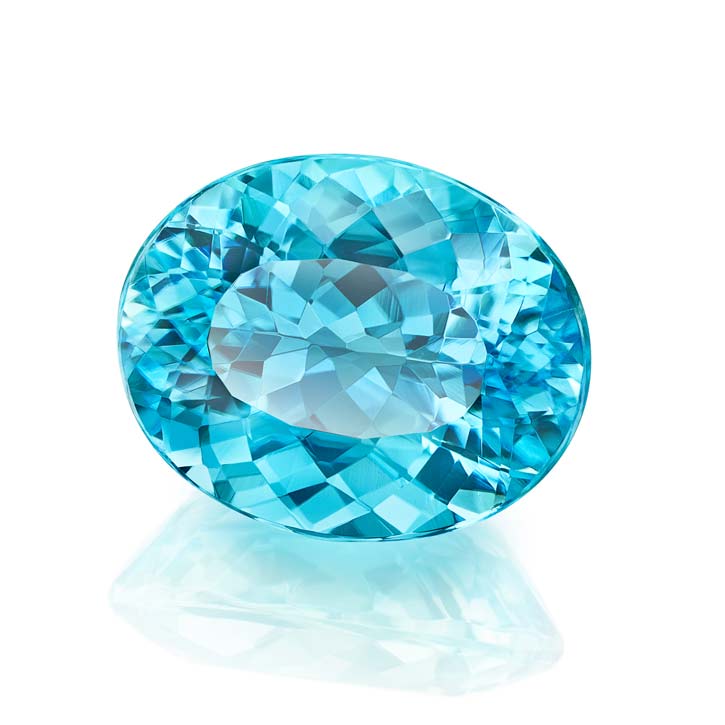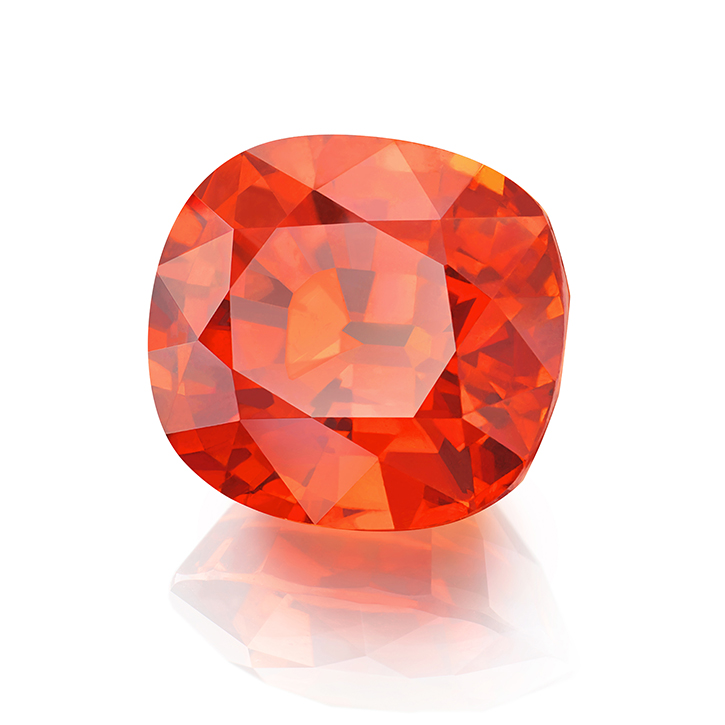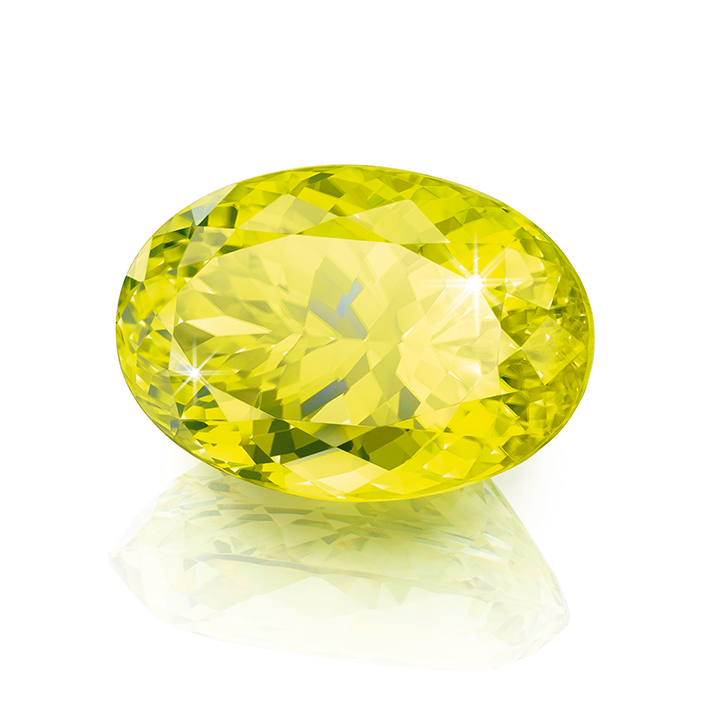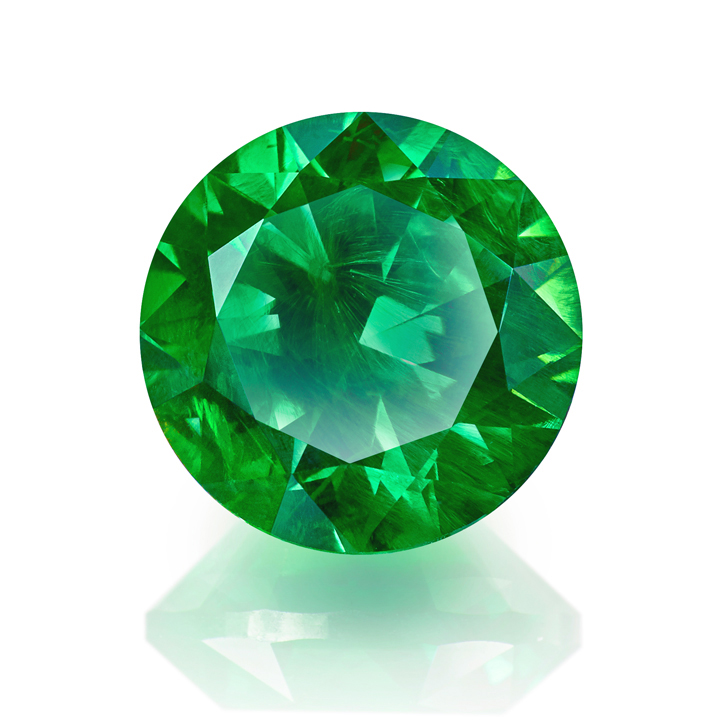More than just rare. More than the Big Four.
Diamond, emerald, ruby and sapphire. In the world of gemstones, the famous Big Four tend to be regarded as the measure of all things. So the prices at which they change hands on the market today are correspondingly high. But investors should be prepared to look a little further: for the fact is that Mother Nature has a lot more to offer. These four treasures, for example …
Neon-blue power: Paraiba tourmaline
An unbelievable number of facets. Radiant blue-green. The Paraiba tourmaline looks as if it is moving, as if it has come alive. And that is why it is among the world’s most valuable gemstones. The stone has the element copper to thank for its incomparable luminosity. It was not until 1987 that it appeared: first in Brazil, then later in Nigeria and Mozambique. Exactly the same kind of stone on two different continents? Millions of years ago, they were still one: the super-continent of Gondwana. In the mean time, these neon-coloured tourmalines are fetching absolutely top prices.
Highlight in orange: mandarin garnet
The mandarin garnet has only been known in the gemstone trade for 20 years, yet it is already a much celebrated star today. Its name speaks volumes. Gemstone lovers can draw attention to themselves with this fruity-coloured stone. Having said that, high-quality top-class stones of more than three carats are extremely rare. Both the demand and the price have increased markedly in recent years. That is why the mandarin garnet too is predestined for sparkling investments.
Yellow-green rarity: canary tourmaline
Back in ancient China, yellow was regarded as the colour of the emperor, as a symbol of kudos and progress. But one kind of yellow is not necessarily the same as another. A high manganese content gives the canary tourmaline – unlike other yellow tourmalines – its lemon-yellow hue and vivacious lustre. It was not until about 15 years ago that this wonderful stone was discovered in the East African country of Zambia. However, that spectacular find only produced a very limited number of stones. The canary tourmaline is a top-class stone. Specimens of more than one carat are extremely hard to find.
The green tsar: demantoid
In translation, demantoid means ‘diamond-like’. No wonder, for this rare gemstone has a refraction and dispersion that are similar to those of “a girl’s best friend”. Around 1900, the famous Peter Carl Fabergé created magnificent items of jewellery with this sparkling green treasure, which had been discovered in his Russian homeland. True connoisseurs also hold the famous ‘horsetails’ in high esteem; inclusions which are only found in Russian specimens and thus contribute to their being regarded as particularly valuable on the market.




